Optimal Timing for Asphalt Roof Replacements
Choosing the optimal time for asphalt roof replacements can influence the quality of installation and longevity of the roof. Weather conditions, temperature, and seasonal factors play critical roles in scheduling roofing projects. Proper timing ensures materials set correctly and reduces potential delays or issues during installation.
Spring offers moderate temperatures and longer daylight hours, ideal for asphalt roof replacements. This season allows for efficient work and proper curing of roofing materials.
Summer provides warm weather, but excessive heat can affect asphalt materials and pose safety risks. Planning during cooler parts of summer can optimize results.
Fall typically offers stable weather and cooler temperatures, making it a popular time for roof replacements before winter.
Winter presents risks such as snow, ice, and freezing temperatures, which can hinder installation and compromise material performance.
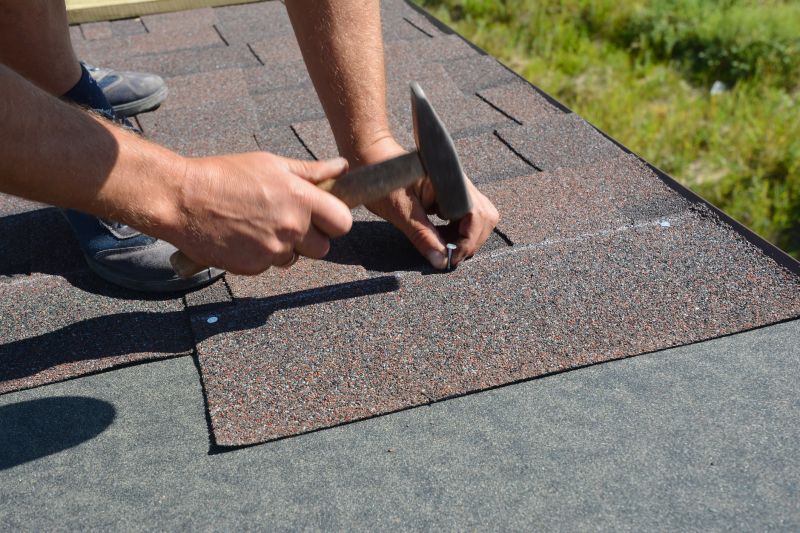
A roofing project underway in spring with moderate weather conditions.

Roofing work during a warm summer day.
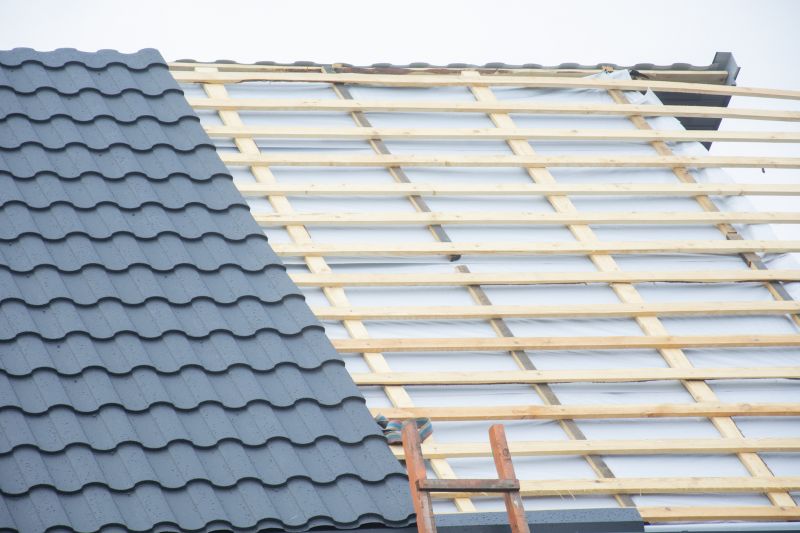
A roof replacement in progress during autumn.

Ways to make Asphalt Roof Replacements work in tight or awkward layouts.

Popular materials for Asphalt Roof Replacements and why they hold up over time.
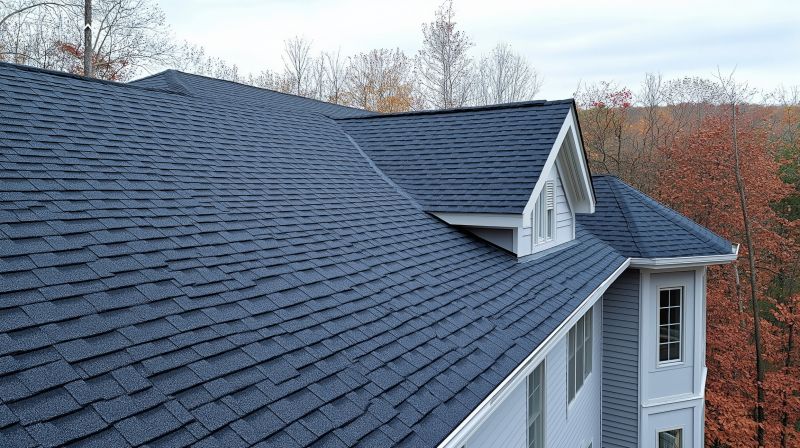
Simple add-ons that improve Asphalt Roof Replacements without blowing the budget.
Asphalt roof replacements are a common solution for protecting structures from weather elements. Asphalt shingles are favored for their durability, affordability, and ease of installation. The lifespan of an asphalt roof typically ranges from 15 to 30 years, depending on materials and maintenance. Proper timing can extend the roof's longevity by ensuring installation occurs under ideal conditions, preventing issues such as poor adhesion or premature wear.
| Season | Ideal Conditions |
|---|---|
| Spring | Moderate temperatures, no rain, longer daylight |
| Summer | Warm but not excessively hot, dry weather |
| Fall | Cool temperatures, stable weather, no snow |
| Winter | Cold, snow, and ice make installation impractical |

Spring is often preferred for asphalt roof replacements due to favorable weather.

Summer can be suitable if planned during cooler parts of the season.
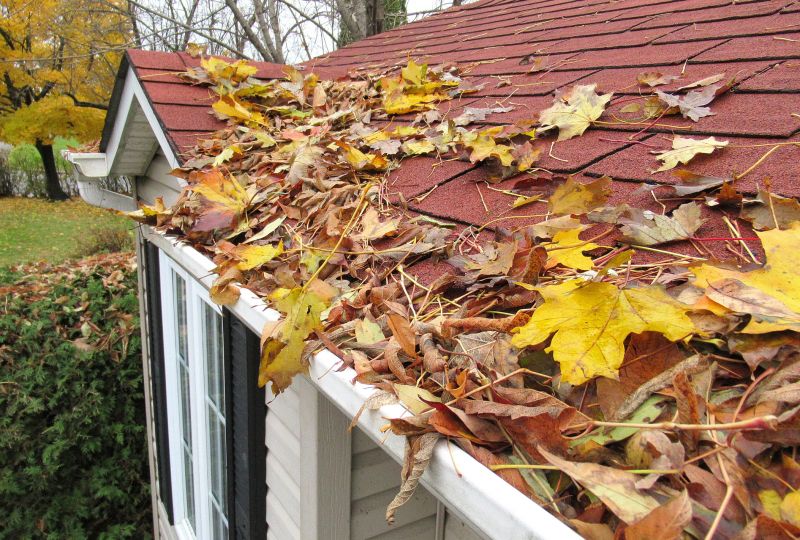
Fall provides optimal conditions for many roofing projects.

Winter conditions can delay or complicate roof replacements.
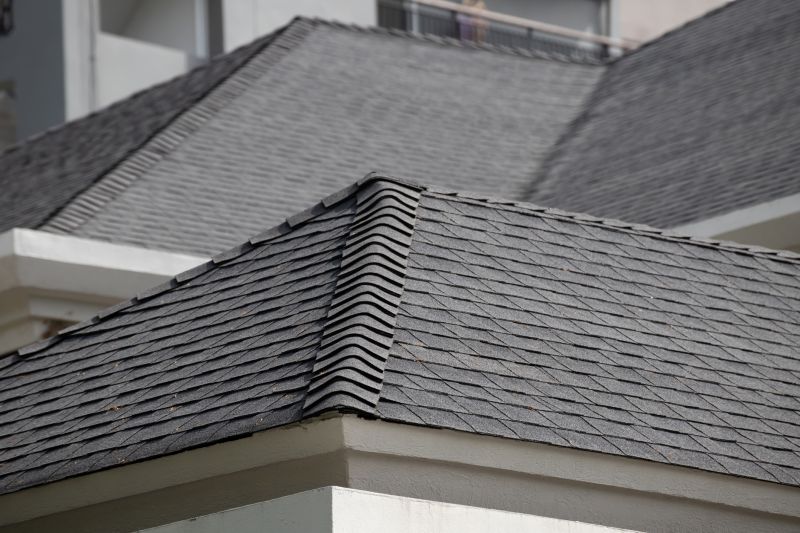
Finishes and colors that play nicely with Asphalt Roof Replacements.
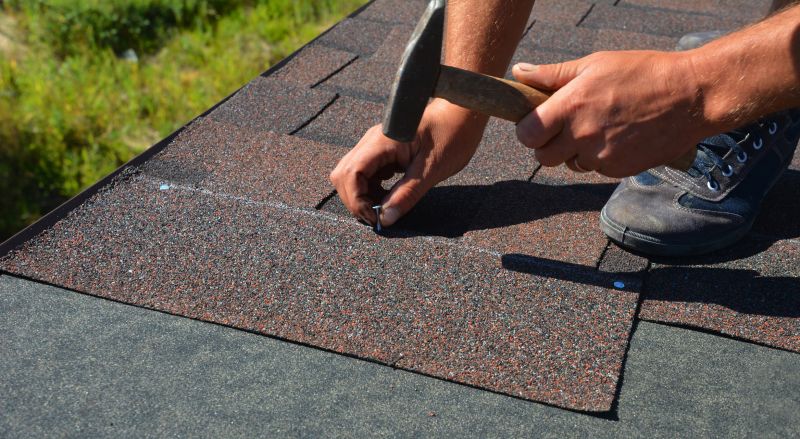
Little measurements that prevent headaches on Asphalt Roof Replacements day.

A 60-second routine that keeps Asphalt Roof Replacements looking new.

A frequent mistake in Asphalt Roof Replacements and how to dodge it.
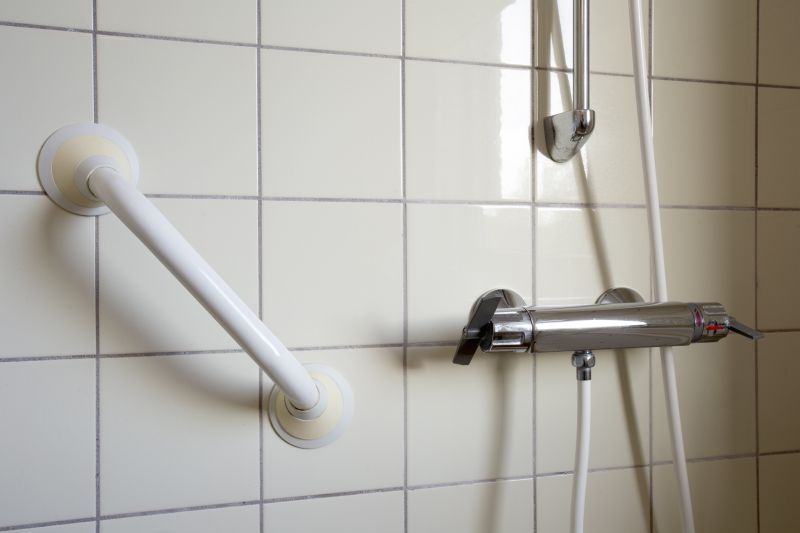
Small tweaks to make Asphalt Roof Replacements safer and easier to use.
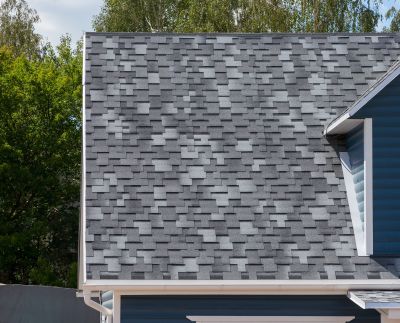
Lower-waste or water-saving choices for Asphalt Roof Replacements.
Scheduling asphalt roof replacements during the appropriate season can lead to better installation quality and longer-lasting results. Factors such as temperature fluctuations, precipitation, and daylight hours should be considered. Consulting with roofing professionals can help determine the best time based on local climate conditions.
Individuals interested in asphalt roof replacements are encouraged to fill out the contact form. Providing details about the project scope and timing can help in planning and executing the replacement efficiently.
